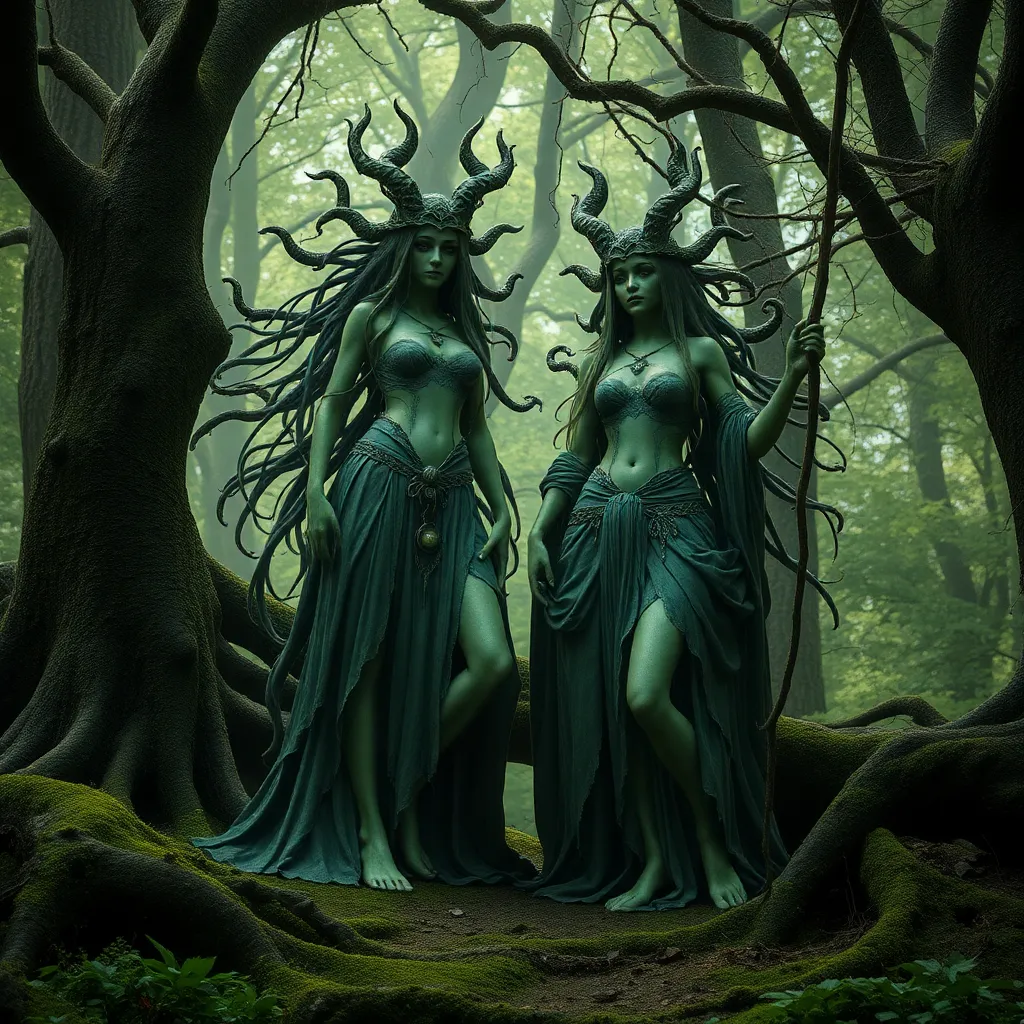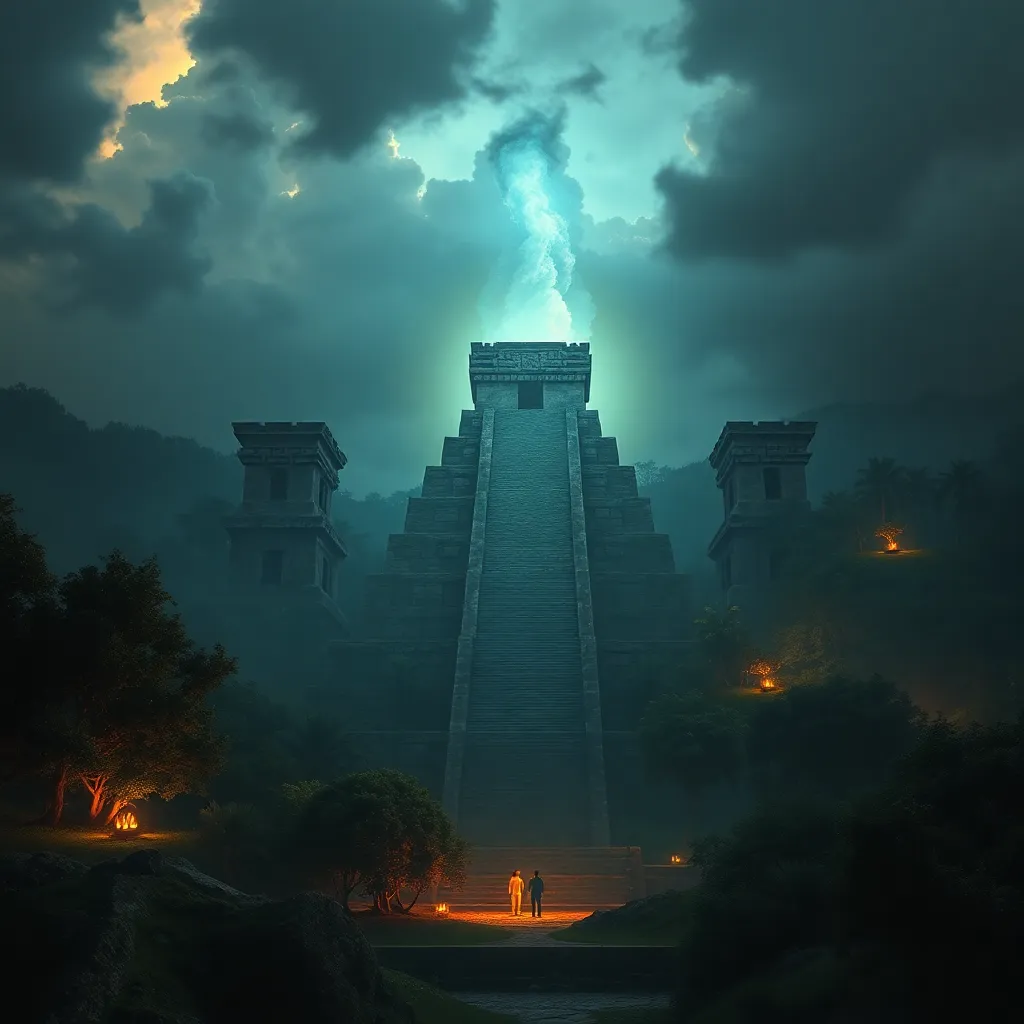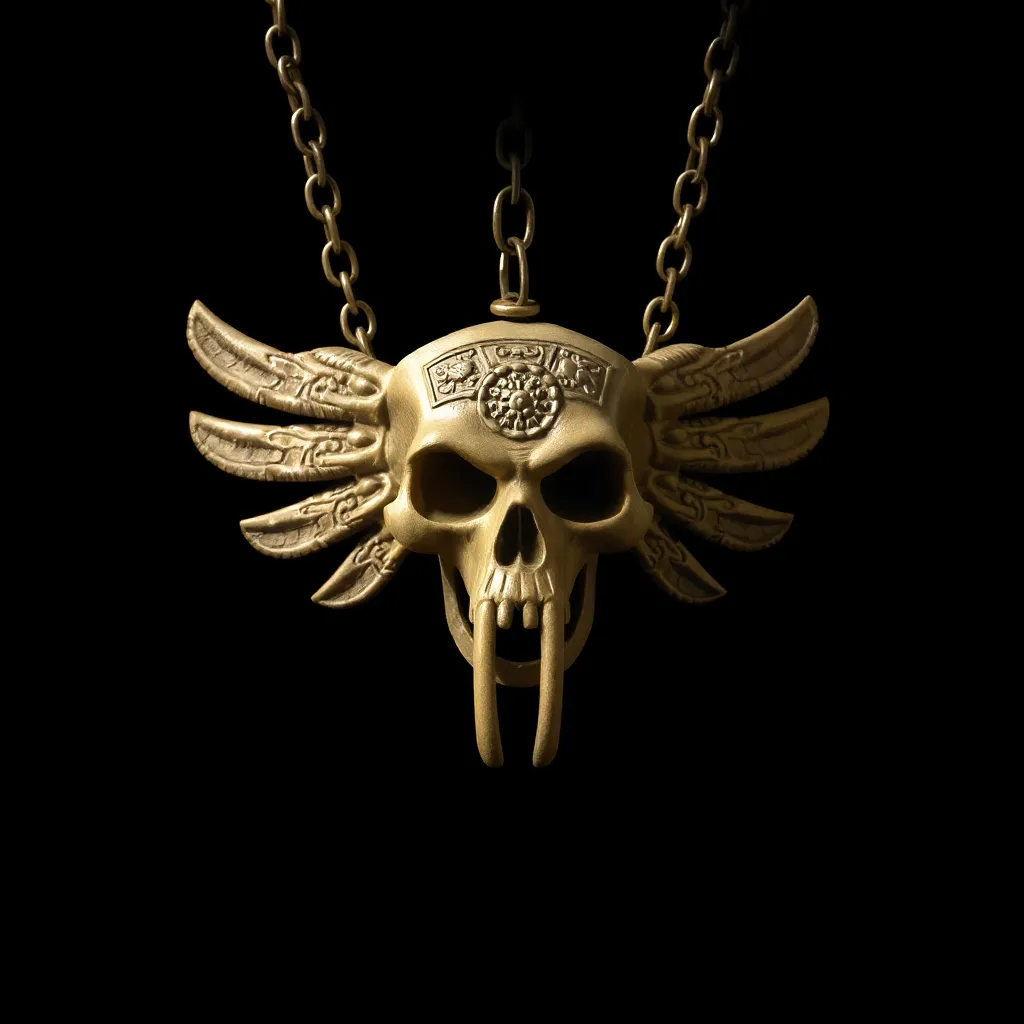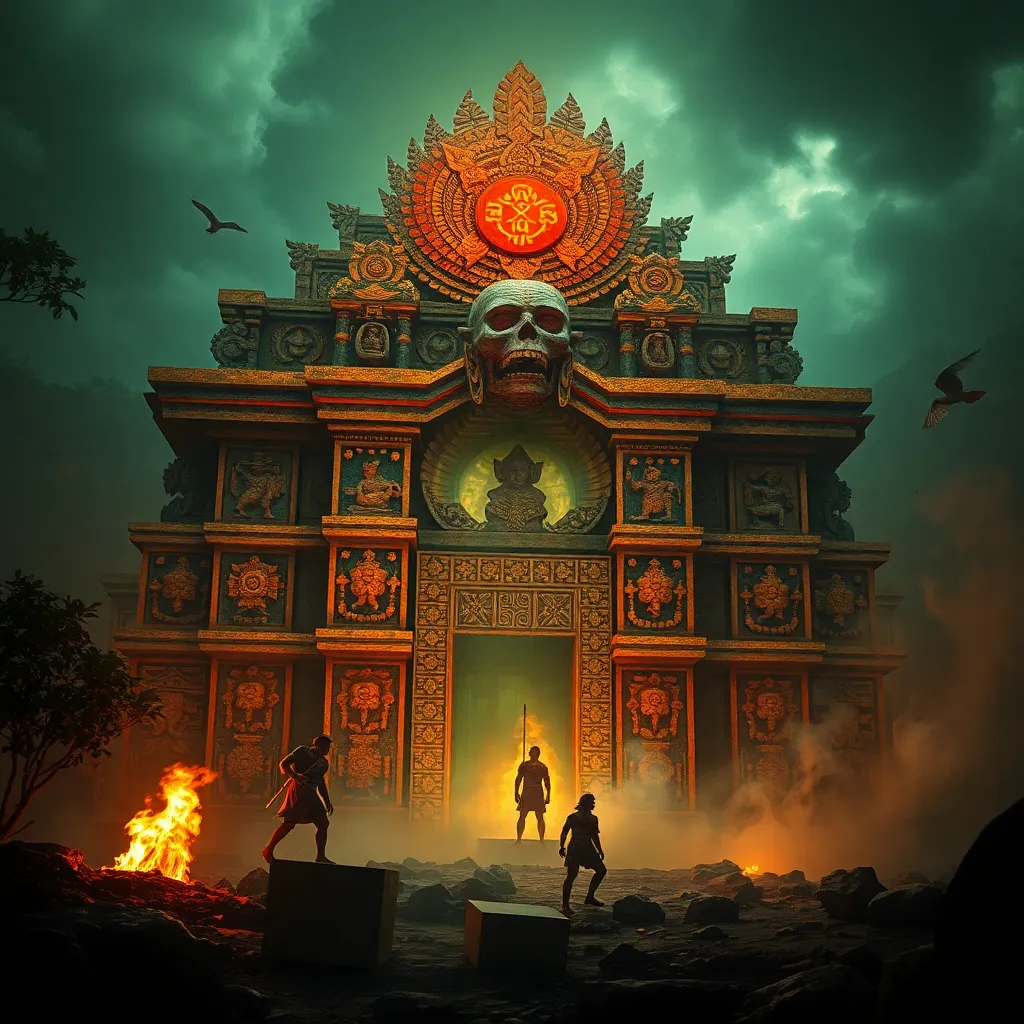Celtic Dryads: The Guardians of the Ancient Forests of Ireland and Britain
I. Introduction to Celtic Mythology
Celtic mythology is a rich tapestry of stories, deities, and magical creatures that reflect the beliefs and values of the Celtic peoples, primarily found in Ireland, Scotland, Wales, and Britain. This body of mythology emphasizes the connection between humans and the natural world, highlighting the importance of nature in everyday life and spirituality.
Among the myriad of beings in Celtic lore, Dryads hold a special place as guardians of the forests. These tree spirits are emblematic of the deep reverence the Celts had for trees and the ecosystems they inhabited. They embody the life force of their respective trees and serve as protectors of the natural world.
Forests were considered sacred spaces in Celtic culture, harboring not only physical resources but also spiritual significance. They were seen as realms of mystery, magic, and the divine, where the boundaries between the natural and supernatural blurred.
II. Definition and Characteristics of Dryads
A. Etymology and historical origins of the term
The term “Dryad” originates from the Greek word “drys,” meaning “oak,” although in broader Celtic contexts, it refers to tree spirits in general. While the concept of Dryads is more commonly associated with Greek mythology, similar beings exist in Celtic folklore, emphasizing the spiritual essence of trees.
B. Physical and spiritual attributes of Dryads
Dryads are often depicted as beautiful young women, embodying the vitality and beauty of the trees they protect. Their physical appearance is closely linked to the characteristics of their respective trees, such as:
- Hair: Typically green or brown, resembling leaves or bark.
- Eyes: Often bright with colors like emerald or deep brown, reflecting the forest’s hues.
- Skin: Sometimes described as textured like tree bark, further emphasizing their connection to nature.
Spiritually, Dryads are believed to possess deep wisdom and an intimate understanding of the forest’s ecosystem, guiding and nurturing the flora and fauna around them.
C. Connection to specific trees and natural elements
Each Dryad is intrinsically linked to a specific tree, and their well-being is closely tied to the health of that tree. If a tree is damaged or dies, the Dryad associated with it may also suffer or perish. This connection symbolizes the interconnectedness of all living things in nature.
III. The Role of Dryads as Guardians
A. Protective duties over forests and nature
Dryads serve as guardians of the forests, protecting them from harm and ensuring their vitality. They are believed to have the power to influence the growth of trees and the health of the ecosystem. In many stories, Dryads use their abilities to ward off threats such as deforestation, pollution, and other forms of environmental degradation.
B. Interaction with other mythical creatures and deities
In Celtic mythology, Dryads interact with a variety of other mythical beings, including:
- Faeries: Often seen as allies, sharing a common interest in protecting nature.
- Gods and Goddesses: Dryads would sometimes serve deities associated with the earth and fertility.
- Animals: They have a harmonious relationship with woodland creatures, often communicating with them.
C. Symbolism of guardianship in Celtic lore
Dryads symbolize the protective aspect of nature, representing the need for balance between humanity and the natural world. Their role as guardians emphasizes the importance of stewardship and respect for the environment.
IV. Dryads in Irish vs. British Mythology
A. Distinctions and similarities in representation
While both Irish and British mythologies feature Dryads and similar tree spirits, their representations can differ significantly. In Irish folklore, Dryads are often more closely associated with the Tuatha Dé Danann, a race of divine beings. In contrast, British representations may lean towards the more whimsical or mischievous nature of faerie lore.
B. Notable myths and stories from Ireland
In Ireland, there are tales of Dryads who protect sacred groves and ancient oak trees, often intervening in human affairs to safeguard their domains. One such story involves a Dryad who transforms into a human to protect a grove from destruction.
C. Notable myths and stories from Britain
British folklore includes tales of Dryads and other tree spirits, such as the Green Man, who symbolizes the life force of the forests. These stories often highlight the interplay between humans and nature, with Dryads serving as both protectors and guides.
V. The Ecological Significance of Dryads
A. Dryads as symbols of environmental stewardship
In modern times, Dryads have become symbols of environmental stewardship and the importance of protecting natural habitats. They remind us of the deep connections between all living things and the necessity of preserving our ecosystems.
B. Impact of deforestation on Dryads and folklore
Deforestation and environmental degradation can have a profound impact not only on the physical world but also on the folklore surrounding Dryads. As forests disappear, so too does the connection to these guardians, leading to a loss of cultural heritage.
C. Modern interpretations of Dryads in conservation efforts
Contemporary conservation initiatives often draw inspiration from the mythological narratives of Dryads. By invoking these spirits, activists aim to emphasize the importance of forests and the need for sustainable practices that honor the wisdom of the past.
VI. Artistic Representations of Dryads
A. Depictions in Celtic art and literature
Throughout history, Dryads have been depicted in various forms of art, from ancient carvings to modern illustrations. Celtic art often portrays them in intricate designs that reflect the natural world, emphasizing their connection to trees and nature.
B. Influence on contemporary fantasy and pop culture
In contemporary fantasy literature and pop culture, Dryads have been embraced as mystical beings, often portrayed in films, books, and games. Their characteristics have been adapted and reimagined, introducing them to new audiences.
C. Artistic movements inspired by Dryadic themes
Artistic movements focusing on nature and mythology often draw inspiration from Dryads and their stories, emphasizing the need to reconnect with the natural world. These movements advocate for environmental awareness and celebrate the beauty of the forests.
VII. Modern-Day Relevance of Dryads
A. The resurgence of interest in Celtic mythology
In recent years, there has been a resurgence of interest in Celtic mythology, with many people exploring their ancestral roots and the stories that shaped their cultures. Dryads have become symbols of this exploration, representing a longing for connection to the natural world.
B. Dryads in contemporary spiritual practices
Many modern spiritual practices incorporate the essence of Dryads, focusing on nature worship and the reverence of trees as sacred beings. Rituals often include honoring the spirits of the trees and seeking guidance from these ancient guardians.
C. Educational and cultural initiatives celebrating Dryads
Various educational and cultural initiatives aim to celebrate the stories of Dryads and their role in Celtic mythology. Workshops, festivals, and environmental campaigns often highlight the significance of preserving forests and honoring their mythological guardians.
VIII. Conclusion
Dryads hold a significant place in Celtic culture as guardians of the ancient forests, embodying the deep connection between humanity and nature. Their stories remind us of the importance of preserving our natural environments and respecting the spirits that inhabit them.
The enduring legacy of Dryads continues to inspire modern society, emphasizing the need for ecological awareness and the preservation of ancient forests. As we move forward, let us honor the guardians of our natural world and strive to protect the delicate balance of life that they symbolize.
In closing, it is a call to action for all to engage in efforts to preserve these ancient forests and their mythological guardians, ensuring that the spirit of the Dryads continues to thrive for generations to come.



